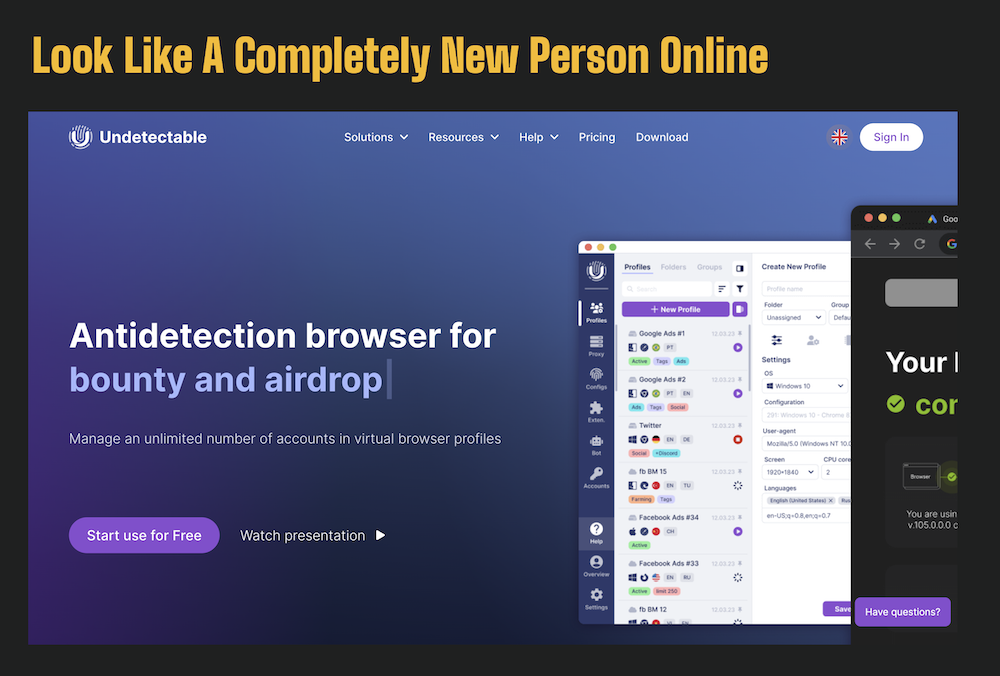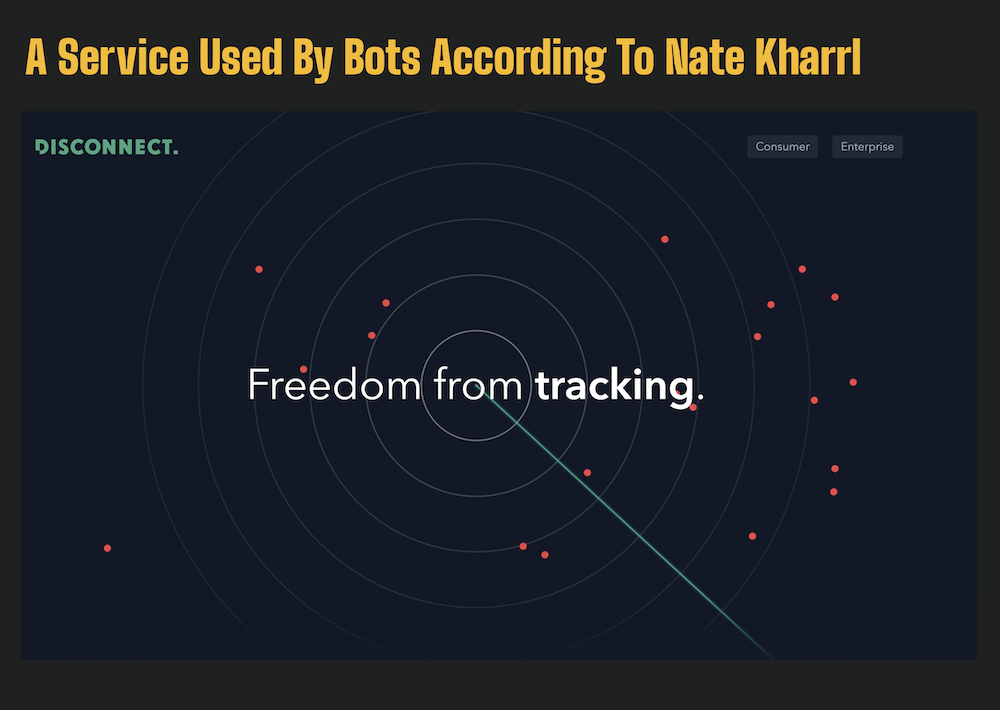Trust the fraud score. Until you can’t.
One fraud fighter, Nate Kharrl, is alerting the industry to a problem that he is seeing emerge and one that might have fraud analysts second-guessing the fraud score on the next online order they’re investigating.
He Revealed The Scheme On Karisse Hendrick’s Fraudology Podcast
According to Hendrick and Kharrl, fraudsters are increasingly shifting their methods to exploit solution vendors’ fraud scores by purposefully keeping key data points from making it into vendor fraud solutions.

When those data points are masked, the scores are artificially suppressed allowing fraudulent online orders to slip under the radar and get approved.
Fraud Solutions Require Data Inputs To Deliver Accurate Scores
Garbage in. Garbage out. That is often used to describe the way fraud scores operate but according Hendrick, in the last few months, she has heard dozens of merchants complain that some of their fraud solutions are losing accuracy.
According to Hendrick “Fraud detection systems not being as accurate as in years past. When merchants complain, the vendors investigate it, and then tell the merchant the scores are faulty because they are not getting all the data points”

Karisse also notes that it’s not just fraud detection vendors that are being impacted, but Bot Detection companies as well.
Fraudsters Exploit Scores By Blocking Embedded Scripts Which Pass Data To Fraud Solutions
Spec Founder and CEO, Nate Kharrl, understands exactly how this is happening.
Solution vendors usually require the merchant to embed scripts that run on the website site which collect data points that are passed for fraud scoring.
“Fraudsters figure out which online merchant scripts belong to fraud detection tools and block them, “said Kharrl, “This prevents data from getting into the scores”
Fraudsters know if they make the data quality into the scores bad, they are more likely to get the merchandise they are trying to steal.

Anti-Detection Tools Help Fraudsters Mask Or Stop Data From Being Available
At the Center of the Exploits are a host of tools that cybercriminals have at their disposal.
These are legitimate tools that are used by privacy advocates but they are used by a whole host of nefarious cybercriminals as well.
These 3 solutions are often used to mask digital identities and bad activity.
#1 – Residential Proxies – Ability To Be Anonymous Online
Fraudsters use services that allow them access to a pool of millions of IP addresses that they can rotate through. This helps them avoid getting blocked by black list and also to remain anonymous while they commit crimes. This can include spreading malware, conducting fraud, and initiating cyberattacks.

#2 – Anti Detect Solutions – Ability To Block Fraud Scripts
Anti-detection browsers like Undetectable completely change a digital fingerprint to make it seem like a different person is connecting from a different device. This lets people have separate environments that can’t be linked to one another.
Fraudsters also like to use these services to bypass negative file checks and velocity checking by merchants.

#3 – Tracking Blockers – Helps Bots Stay In Business
Tracking blockers like Disconnect.me, block websites from tracking you. And they do a lot of it, boasting over 44 trillion trackers blocked for their 750 million users each year.
According to Kharrl, people who build bots also use these types of services to block all the trackers that merchants use on their sites.

“Not Everyone Is A Fraudster” So You Have To Identify The Motivation First
According to Nate, it’s typically bots that are behind this, and the data they can control and mask is plentiful.
But about 20% to 30% of online traffic isn’t executing scripts so it’s not like you can just shut it all down.
“To be clear”, he says, “every data point is in the attacker’s control. To catch them you have to find out who is blocking or manipulating the data and understand who is malicious and who is just privacy-conscious”.
Karisse Hendrick adds, “The majority of legitimate users that enterprise merchants see use these are primarily GenZ-ers who are not only savvy and conscious about who gets their data, but they also expect a seamless online experience more than any other group of customers online”.
How Does Your Vendor Handle Missing Values In Their Scores?
As fraudsters shift their tactics to exploit the limitations of scores, vendor fraud solutions are going to be pressed on data quality handling more than ever.
Kharrl recommends some due diligence with your fraud solution vendor, “I would ask, “Does your solution utilize JavaScript or other client-side code?” and “What data points does your solution consider when that data collection has been blocked by privacy-conscious users?”

“How Do The Fraudsters Know My Fraud Vendors Scoring System?”
And it’s not just masking that is concerning merchants. According to Karisse, she is hearing merchants report that fraudsters seem to know how to get orders to go through right below their thresholds.
“Merchants are getting more chargebacks that are 1 or 2 points below the decline threshold.” She says, “The merchants ask me, how do the fraudsters know my fraud vendors scoring system?”

This is certainly cause for concern if fraudsters have figured out a way to reverse engineer your fraud controls so they can fly under the radar.
But it’s not like they aren’t checking fraud scores. If you head over to Telegram, you can see posts galore on the subject.

One thing is certain, fraudsters and cybercriminals are watching closely. The payoff for effective reverse engineering a fraud score or vendor solution is massive.
Listen To The Whole Breaking News Podcast Here!
If you want to listen to the whole episode it is a great education on how fraudsters are exploiting fraud solutions for their own gain.



